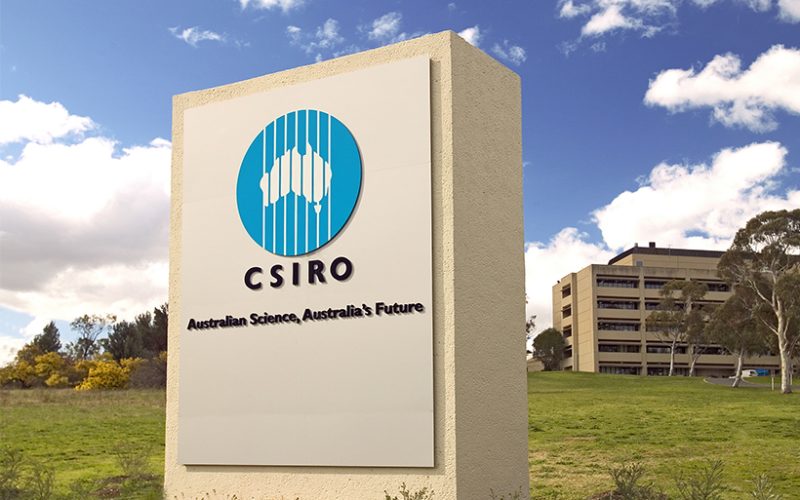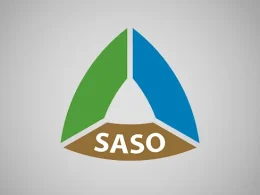Australia’s national science agency, the CSIRO, has released the Australian Carbon Dioxide Removal (CDR) Roadmap, outlining how a new carbon removal industry could help the nation and the world meet net-zero targets.
Achieving the goals of the Paris Agreement, the roadmap notes, will require both reducing emissions and actively removing carbon dioxide (CO₂) from the atmosphere. Australia is projected to need between 133 and 200 megatonnes (Mt) of CO₂ removal annually by 2050.
The report distinguishes CDR from carbon capture and storage (CCS), which prevents emissions from entering the atmosphere. It evaluates several novel CDR approaches, including direct air capture and storage, biomass carbon removal, ocean alkalinity enhancement, and enhanced rock weathering.
CSIRO CarbonLock Director and co-author Dr Andrew Lenton said Australia’s natural resources and renewable energy assets offered “a unique value proposition for the large-scale deployment of novel CDR, offering advantages few other regions can match.” He added, “There are also other emerging novel CDR approaches, such as mineral carbonation, that will only strengthen Australia’s position.”
According to the roadmap, Australia could remove up to 330 Mt of CO₂ annually by 2050 using these technologies, even under conservative assumptions—though only part of that capacity would be required alongside conventional CDR methods.
CSIRO Futures Associate Director and co-author Vivek Srinivasan said the roadmap focused on scalability, durability, and economic viability. “At present, the costs associated with novel CDR are high. Nevertheless, across Australia and overseas, novel CDR projects are already active, demonstrating the viability of these technologies. There is an opportunity to further build a novel CDR industry in Australia, as costs fall and demand increases,” he said.
The roadmap calls for substantial investment in technology, infrastructure, and workforce development, supported by transparent community engagement, particularly with Traditional Owners. It also stresses the need for policy frameworks that encourage innovation, investment, and international collaboration.
Developed by CSIRO with support from the Department of Climate Change, Energy, the Environment and Water, Google, Geoscience Australia, and several state governments, the roadmap builds on decades of CSIRO research and innovation in carbon management.





















